Home>Construction & Tools>Building Materials>What Is A Brown Coat Stucco


Building Materials
What Is A Brown Coat Stucco
Published: January 17, 2024
Learn about the benefits and applications of brown coat stucco, a versatile building material that adds durability and aesthetic appeal to your construction projects. Discover its uses and advantages.
(Many of the links in this article redirect to a specific reviewed product. Your purchase of these products through affiliate links helps to generate commission for Storables.com, at no extra cost. Learn more)
Introduction
If you're considering a home renovation or construction project, you've likely come across the term "brown coat stucco." This versatile building material has been used for centuries to enhance the durability, aesthetics, and weather resistance of structures. In this article, we'll delve into the world of brown coat stucco, exploring its composition, applications, advantages, disadvantages, and maintenance requirements. Whether you're a homeowner, contractor, or simply a curious individual, understanding the ins and outs of brown coat stucco can provide valuable insights into the world of construction and design.
Brown coat stucco offers a unique blend of functionality and visual appeal, making it a popular choice for both residential and commercial projects. By the end of this article, you'll have a comprehensive understanding of what brown coat stucco is, how it's used, and the factors to consider when incorporating it into your construction or renovation plans. So, let's embark on this journey to unravel the mysteries and wonders of brown coat stucco!
Key Takeaways:
- Brown coat stucco is a durable and versatile building material used in construction, offering benefits such as fire resistance, design flexibility, and low maintenance requirements. It provides long-lasting and visually appealing exterior finishes for various structures.
- Proper maintenance, including regular inspections, cleaning, and repairs, is crucial for preserving the integrity and visual appeal of brown coat stucco. By implementing routine care, property owners can ensure the longevity and resilience of their stucco-clad structures.
Read more: What Is Stucco Base Coat
What Is Brown Coat Stucco?
Brown coat stucco, also known as the second coat, is a crucial layer in the traditional three-coat stucco system used in construction. This intermediate layer serves as the foundation for the final, visible layer of stucco, known as the finish coat. The term "brown coat" refers to the color of the stucco mix used in this stage, which is typically a light brown hue. This layer plays a pivotal role in providing structural integrity, impact resistance, and a smooth base for the finish coat.
The composition of brown coat stucco typically includes a mixture of sand, cement, and lime. This blend is applied over the scratch coat, which is the first layer of the stucco system. The brown coat is often applied at a thickness of around 3/8 to 1/2 inch, providing a substantial base for the final finish. It is essential to allow the brown coat to cure properly before applying the finish coat to ensure a durable and visually appealing result.
One of the key functions of the brown coat is to provide a level and even surface for the application of the finish coat. This layer helps to conceal imperfections and irregularities in the underlying structure, creating a seamless and polished appearance. Additionally, the brown coat contributes to the overall strength and resilience of the stucco system, offering protection against external elements and structural wear.
While traditional brown coat stucco has been a staple in construction for centuries, modern variations may incorporate additives or synthetic materials to enhance specific properties such as flexibility, water resistance, and bonding strength. These advancements have expanded the versatility and performance of brown coat stucco, making it an enduring choice for a wide range of architectural styles and construction projects.
Understanding the role and composition of brown coat stucco is essential for anyone involved in construction, design, or renovation. This foundational layer sets the stage for the final aesthetics and durability of a stucco-clad structure, making it a vital component in the construction process.
Components of Brown Coat Stucco
The composition of brown coat stucco is a carefully balanced blend of materials designed to provide structural integrity, resilience, and a smooth base for the finish coat. The primary components of brown coat stucco include sand, cement, and lime, each playing a distinct role in the overall performance and appearance of the stucco system.
Sand: A key component of brown coat stucco, sand contributes to the bulk and texture of the mixture. The selection of sand is crucial, as different types and grades can impact the workability, strength, and finish of the stucco. Coarse sand is often preferred for brown coat applications, as it helps to prevent cracking and shrinkage while providing a stable base for the finish coat.
Cement: Portland cement is commonly used in brown coat stucco due to its binding properties and ability to harden when mixed with water. The cement acts as the adhesive that holds the stucco mixture together, providing cohesion and strength. The ratio of cement to sand influences the workability and setting time of the stucco, affecting the application process and overall quality of the brown coat.
Lime: Hydrated lime is another essential ingredient in brown coat stucco, serving multiple purposes in the stucco mix. Lime enhances the plasticity and workability of the stucco, allowing for smoother application and reducing the likelihood of cracking. Additionally, lime contributes to the durability and weather resistance of the stucco system, making it an indispensable component in traditional stucco formulations.
While sand, cement, and lime form the core components of brown coat stucco, modern formulations may incorporate additives or fibers to enhance specific properties. These additives can include synthetic polymers for increased flexibility, water repellents for improved moisture resistance, or accelerators for faster curing times. By tailoring the stucco mix to meet the requirements of the project and environmental conditions, builders and contractors can optimize the performance and longevity of the brown coat stucco.
Understanding the role of each component in brown coat stucco is essential for achieving a high-quality, durable stucco system. The careful selection and proportioning of materials contribute to the structural integrity, visual appeal, and long-term performance of brown coat stucco, making it a fundamental consideration in construction and renovation projects.
Application of Brown Coat Stucco
The application of brown coat stucco is a critical stage in the construction process, laying the foundation for the final appearance and durability of the stucco-clad structure. This intermediate layer requires precision, skill, and attention to detail to ensure a smooth, level surface that can support the finish coat and withstand environmental stressors. The following steps outline the typical application process for brown coat stucco:
- Surface Preparation: Before applying the brown coat, the substrate must be thoroughly prepared to promote adhesion and minimize the risk of cracking or delamination. This involves cleaning the surface to remove any contaminants, ensuring proper curing of the scratch coat, and addressing any structural irregularities or damage.
- Mixing the Stucco: The sand, cement, lime, and any additional additives are carefully measured and mixed to achieve a uniform and workable stucco mixture. The ratio of these components is crucial, as it influences the strength, texture, and workability of the brown coat stucco.
- Application: The stucco mixture is applied to the prepared substrate using a hawk and trowel or a pump for larger projects. The goal is to achieve an even thickness of approximately 3/8 to 1/2 inch, ensuring sufficient coverage and a consistent surface. The stucco is then scored or combed to create a bond-enhancing texture for the finish coat.
- Curing: Proper curing is essential for the brown coat to develop strength and resilience. This involves keeping the stucco moist and protected from rapid drying, typically through misting or the use of curing compounds. Adequate curing time is crucial before the application of the finish coat to prevent cracking and ensure a durable stucco system.
The application of brown coat stucco demands expertise and adherence to industry best practices to achieve a high-quality result. Skilled craftsmen and contractors leverage their knowledge of stucco application techniques, material properties, and environmental factors to create a robust and visually appealing brown coat. By following established guidelines and leveraging the right tools and methods, the application process can yield a durable and aesthetically pleasing foundation for the finish coat.
Whether used in new construction or renovation projects, brown coat stucco represents a crucial stage in the creation of stucco-clad structures. Its proper application sets the stage for the final finish, ensuring that the stucco system delivers both functional and aesthetic value for years to come.
A brown coat stucco is the second layer of a traditional three-coat stucco system. It provides a smooth and level surface for the final finish coat. Make sure to properly mix and apply the brown coat for a durable and attractive stucco finish.
Advantages of Brown Coat Stucco
Brown coat stucco offers a myriad of advantages that contribute to its enduring popularity in the construction industry. From structural resilience to design versatility, the benefits of brown coat stucco make it a compelling choice for architects, builders, and homeowners alike. Here are some of the key advantages of incorporating brown coat stucco into construction and renovation projects:
- Durability: Brown coat stucco provides a robust and long-lasting exterior finish, capable of withstanding diverse weather conditions, impact, and structural movement. Its resilience makes it a reliable choice for protecting and enhancing the longevity of buildings.
- Fire Resistance: Stucco, including the brown coat layer, offers inherent fire resistance, providing an added layer of protection for structures and contributing to overall safety and peace of mind.
- Design Flexibility: Brown coat stucco can be applied to various architectural styles, offering design flexibility and the ability to create distinctive textures and finishes. It can be customized to achieve different aesthetic effects, from smooth and sleek to textured and rustic.
- Energy Efficiency: Stucco systems, when properly installed, contribute to the energy efficiency of buildings by providing thermal mass and insulation. This can lead to reduced heating and cooling costs, making stucco-clad structures environmentally friendly and cost-effective.
- Low Maintenance: Once applied, brown coat stucco requires minimal maintenance compared to other exterior finishes. It resists mold, mildew, and pests, and can be easily cleaned to maintain its appearance over time.
- Sound Insulation: Stucco systems contribute to sound insulation, reducing external noise and enhancing the comfort of interior spaces.
- Enhanced Property Value: The durability, aesthetic appeal, and low maintenance of brown coat stucco can enhance the overall property value, making it an attractive investment for homeowners and real estate developers.
These advantages collectively position brown coat stucco as a versatile, durable, and visually appealing exterior finish for a wide range of construction projects. Its ability to marry form and function, along with its potential for customization and long-term performance, makes it a compelling choice in the realm of building materials.
Whether used in residential, commercial, or institutional settings, brown coat stucco stands as a testament to the enduring appeal and practical benefits of this time-honored building material.
Read more: What Is A Seed Coat
Disadvantages of Brown Coat Stucco
While brown coat stucco offers a host of advantages, it is important to consider potential drawbacks associated with this building material. Understanding the limitations and challenges of brown coat stucco can help stakeholders make informed decisions and mitigate any issues that may arise. Here are some of the key disadvantages of brown coat stucco:
- Initial Cost: The upfront cost of installing a brown coat stucco system can be higher compared to some other exterior finishes. This cost may include labor, materials, and specialized expertise required for proper application.
- Complex Application: Achieving a high-quality brown coat stucco application demands skill and precision. Improper installation can lead to aesthetic flaws, structural issues, or the need for remedial work, adding to the overall project cost and timeline.
- Maintenance Challenges: While brown coat stucco is generally low-maintenance, it may require periodic inspection and repair to address hairline cracks, efflorescence, or other surface imperfections that can develop over time.
- Moisture Management: Improper moisture management during the application or maintenance of brown coat stucco can lead to water infiltration, mold growth, or efflorescence, necessitating proactive measures to mitigate these risks.
- Limited Impact Resistance: While stucco is durable, it may be susceptible to impact damage from heavy objects or severe weather events. Care should be taken to minimize the risk of physical damage to the stucco surface.
- Color Variability: Achieving consistent color and texture in the brown coat stucco application can be challenging, particularly when working with natural materials. Variations in color and texture may be noticeable in certain lighting conditions.
- Repair Complexity: Addressing significant damage or deterioration in a brown coat stucco system may require specialized expertise and careful integration with the existing finish, posing challenges for seamless repairs.
While these disadvantages warrant consideration, it is important to note that many of the challenges associated with brown coat stucco can be mitigated through proper installation, regular maintenance, and adherence to industry best practices. By working with experienced contractors, selecting high-quality materials, and implementing proactive maintenance strategies, the potential drawbacks of brown coat stucco can be effectively managed, allowing stakeholders to maximize its benefits while minimizing risks.
Ultimately, a comprehensive understanding of the advantages and disadvantages of brown coat stucco empowers individuals and organizations to make informed decisions that align with their project goals and long-term objectives.
Maintenance of Brown Coat Stucco
Proper maintenance is essential for preserving the integrity, appearance, and longevity of brown coat stucco. By implementing routine care and addressing potential issues in a timely manner, property owners can ensure that their stucco-clad structures remain resilient and visually appealing for years to come. Here are key aspects of maintaining brown coat stucco:
- Regular Inspections: Periodic visual inspections of the stucco surface can help identify any signs of damage, cracking, or discoloration. Early detection allows for prompt intervention and prevents minor issues from escalating into larger, costlier problems.
- Cleaning: Stucco surfaces can be cleaned using a gentle solution of mild detergent and water. This helps remove dirt, grime, and environmental residues that may accumulate over time, restoring the stucco’s original appearance.
- Repairs: Addressing hairline cracks, chips, or areas of deterioration promptly is crucial to prevent moisture intrusion and maintain the structural integrity of the stucco system. Repairs may involve filling cracks with compatible sealants and addressing any underlying issues that contribute to the damage.
- Moisture Management: Proper drainage systems, gutter maintenance, and proactive measures to redirect water away from the stucco surface can mitigate the risk of moisture-related issues such as efflorescence or mold growth. Ensuring that the stucco remains dry and well-ventilated is essential for its long-term performance.
- Sealing and Coating: Applying a breathable, water-repellent coating to the stucco surface can enhance its resistance to water infiltration while allowing moisture vapor to escape. This protective measure can help prolong the life of the stucco system and reduce the risk of moisture-related damage.
- Professional Maintenance: Engaging qualified stucco contractors for periodic inspections and maintenance can provide an expert assessment of the stucco’s condition and facilitate proactive measures to address any emerging issues.
By incorporating these maintenance practices into their property care routines, homeowners and building managers can uphold the integrity and visual appeal of brown coat stucco, ensuring that it continues to serve as a durable and attractive exterior finish. Regular upkeep not only preserves the stucco’s performance but also contributes to the overall maintenance of the structure it embellishes.
When properly maintained, brown coat stucco can remain a steadfast and visually striking component of a building’s exterior, standing as a testament to the enduring allure and functionality of this time-honored construction material.
Conclusion
As we conclude our exploration of brown coat stucco, it becomes evident that this time-honored building material embodies a harmonious blend of durability, aesthetic versatility, and practical advantages. From its foundational role in the three-coat stucco system to its enduring presence in architectural design, brown coat stucco continues to stand as a testament to the ingenuity and resilience of traditional construction practices.
Throughout history, brown coat stucco has adorned structures with its timeless appeal, offering a durable and visually captivating exterior finish. Its ability to withstand diverse weather conditions, enhance energy efficiency, and provide design flexibility has solidified its status as a sought-after choice for residential, commercial, and institutional projects.
While brown coat stucco presents certain challenges, such as the need for skilled application and proactive maintenance, its advantages far outweigh its limitations. Its enduring appeal, fire resistance, and low maintenance requirements position it as a valuable investment for property owners and developers seeking a long-lasting and visually striking exterior finish.
As the construction industry continues to evolve, brown coat stucco remains a steadfast presence, offering a timeless allure and a testament to the enduring legacy of traditional building materials. Whether adorning the facades of historic landmarks or gracing the exteriors of modern structures, brown coat stucco continues to leave an indelible mark on the architectural landscape.
As we look to the future of construction and design, the enduring allure and practical benefits of brown coat stucco serve as a reminder of the timeless value of this venerable building material. Its ability to marry form and function, durability and aesthetics, positions it as a timeless cornerstone of architectural excellence.
Whether embarking on a new construction project or contemplating a renovation, the enduring allure and practical benefits of brown coat stucco invite us to consider the timeless legacy and enduring appeal of this venerable building material.
Frequently Asked Questions about What Is A Brown Coat Stucco
Was this page helpful?
At Storables.com, we guarantee accurate and reliable information. Our content, validated by Expert Board Contributors, is crafted following stringent Editorial Policies. We're committed to providing you with well-researched, expert-backed insights for all your informational needs.
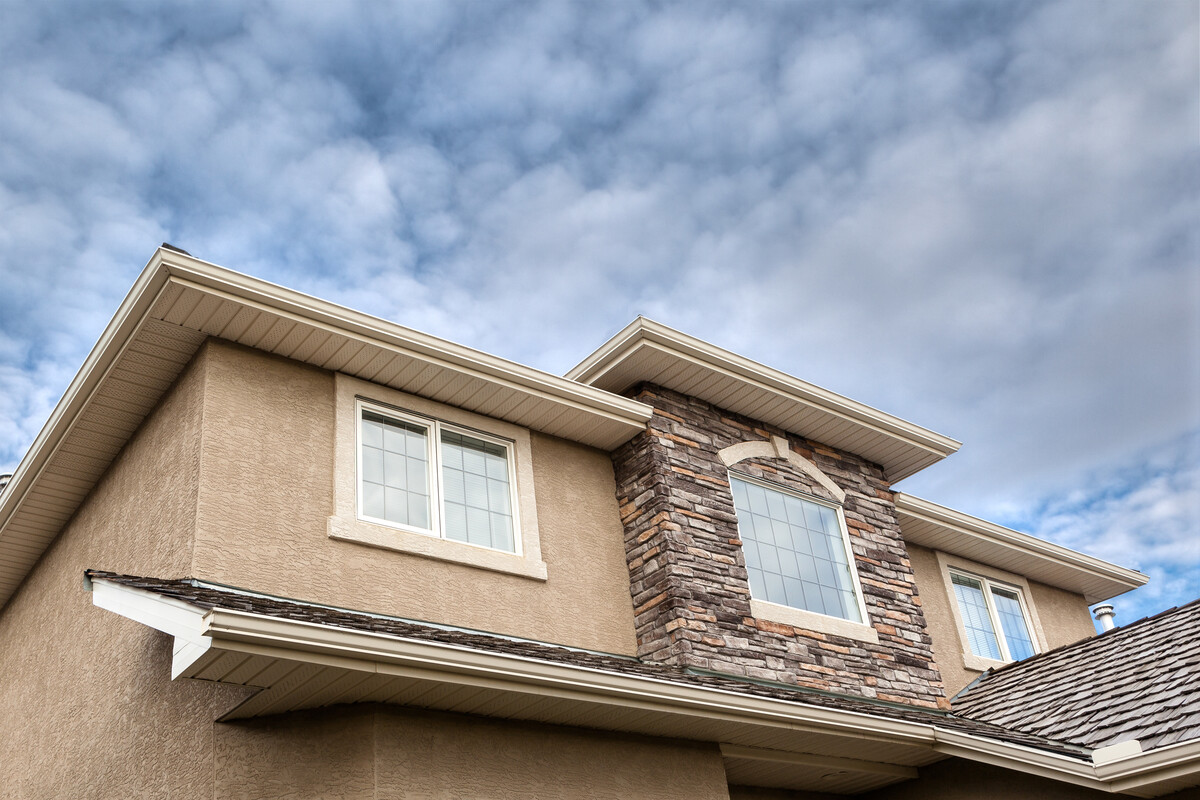
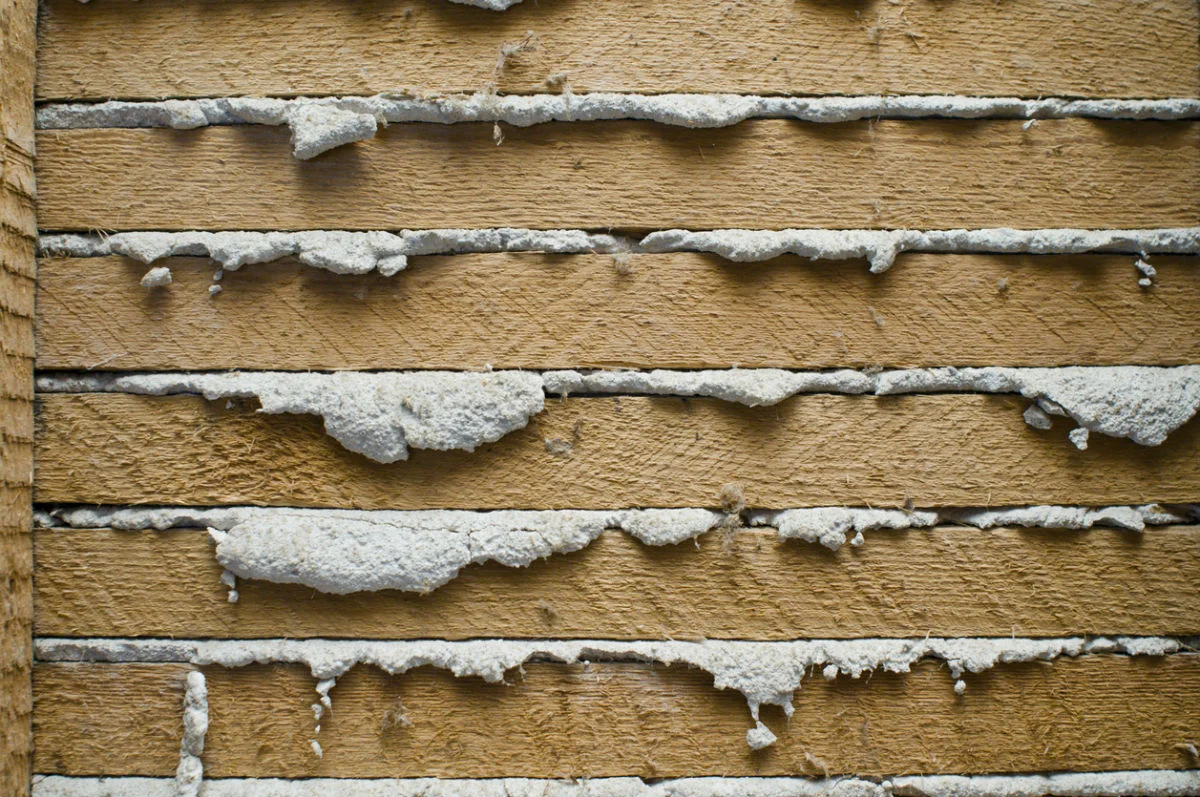
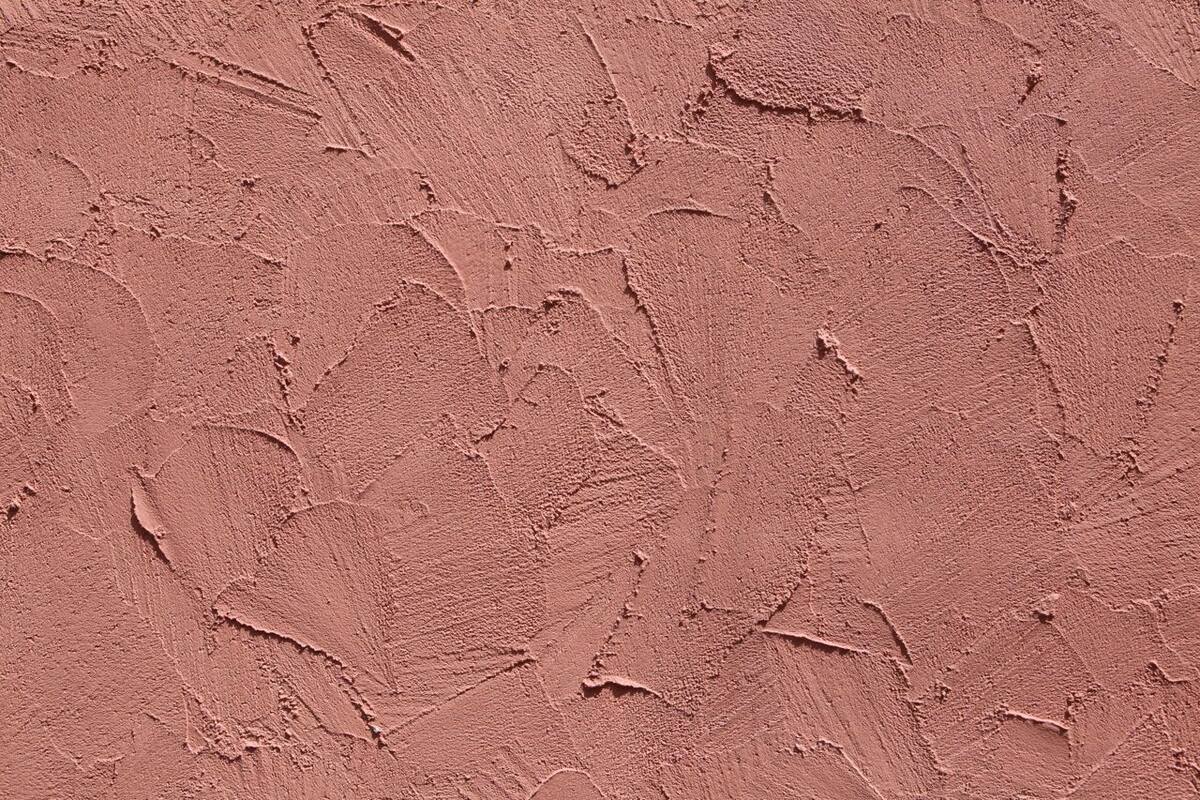
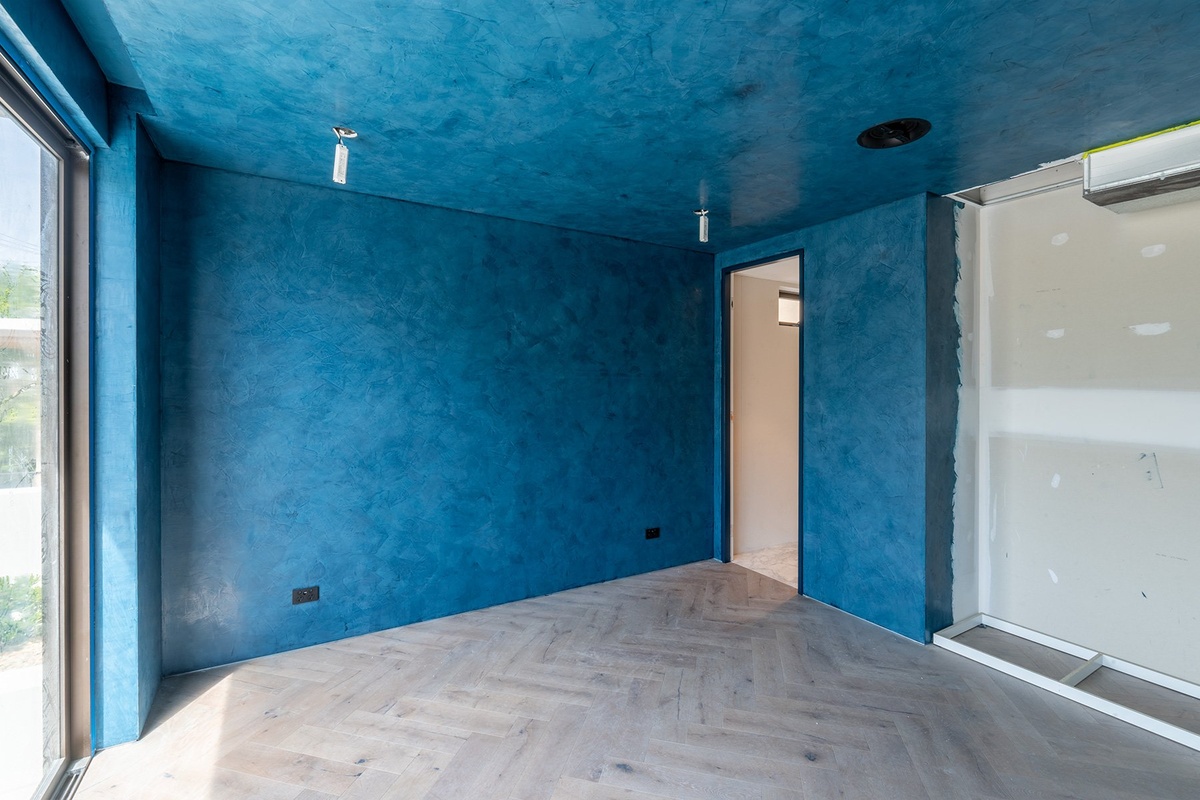
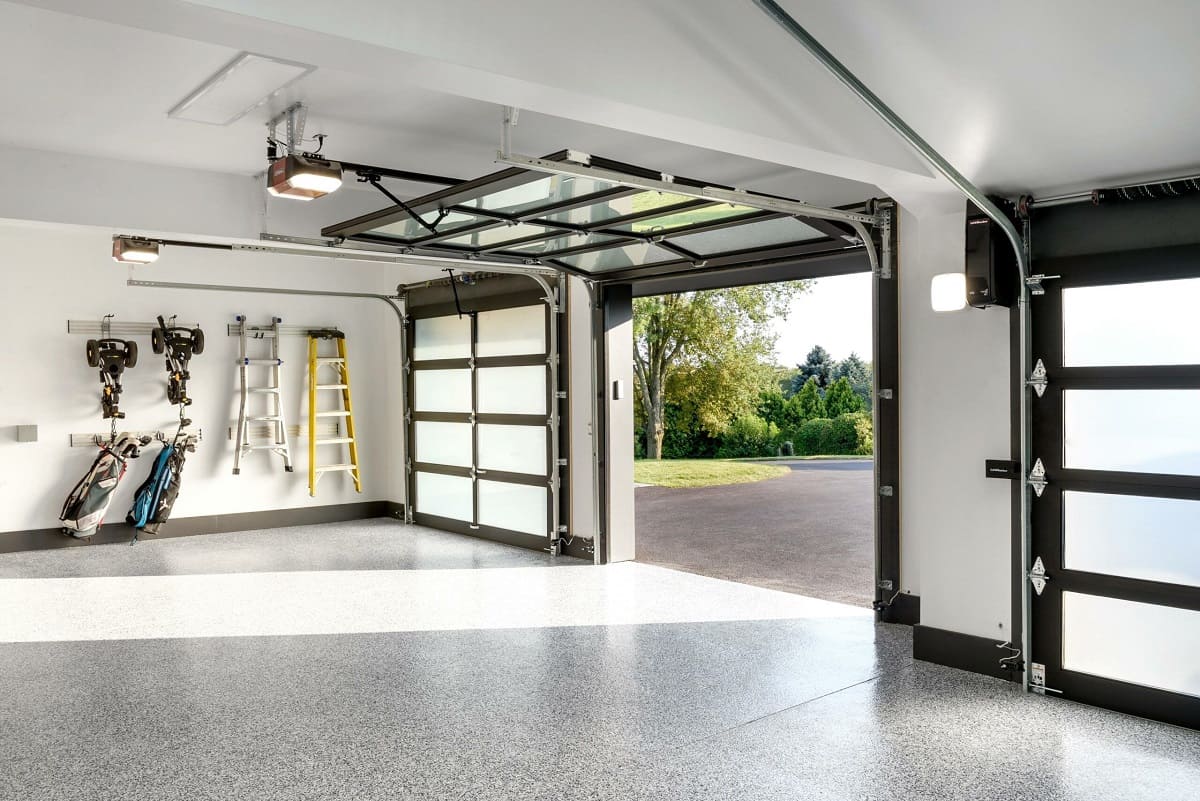
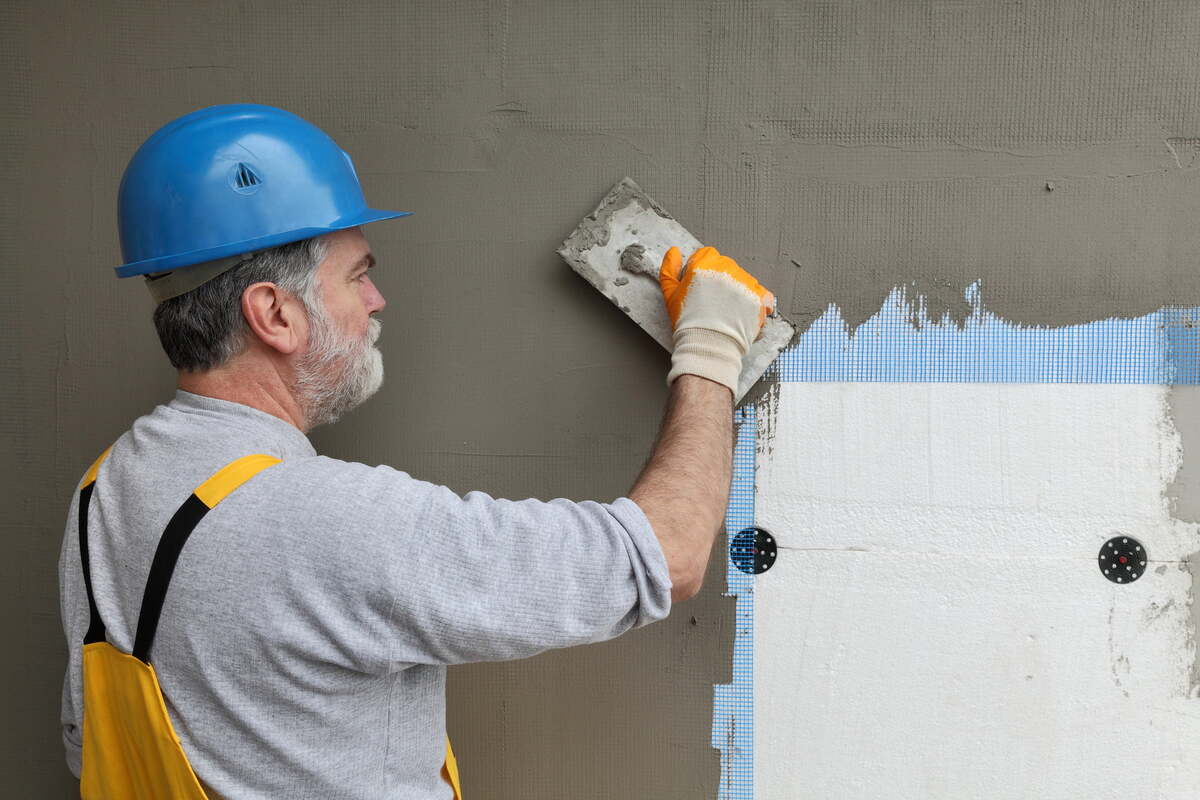
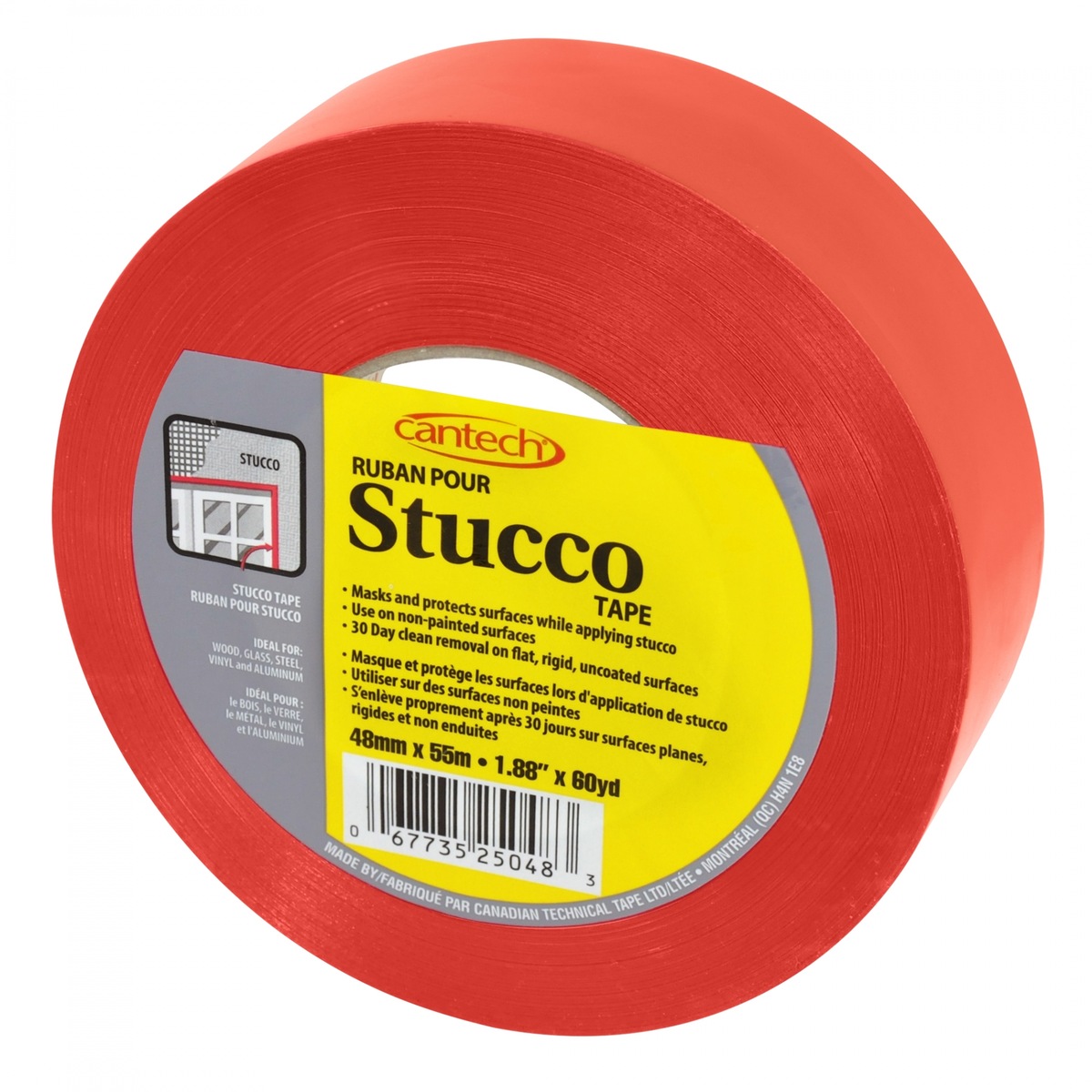
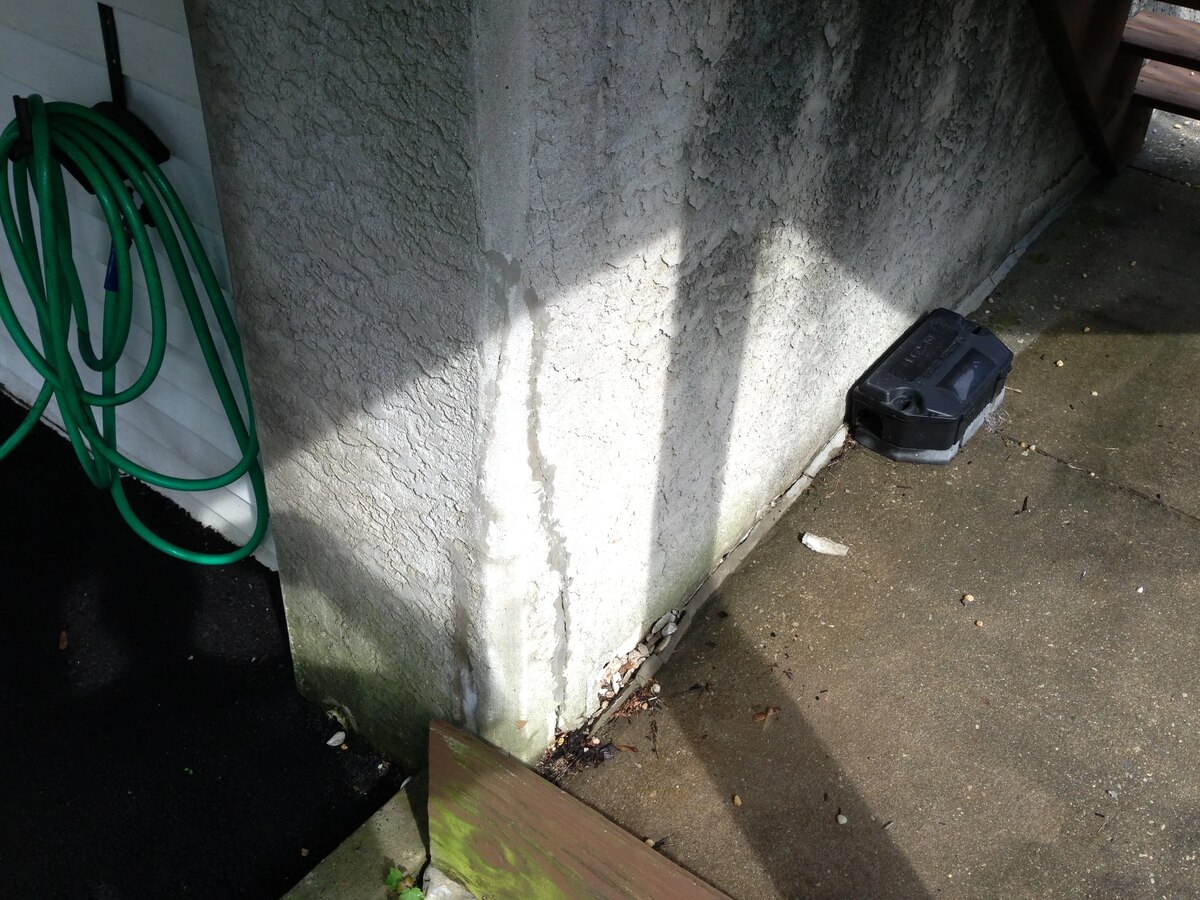
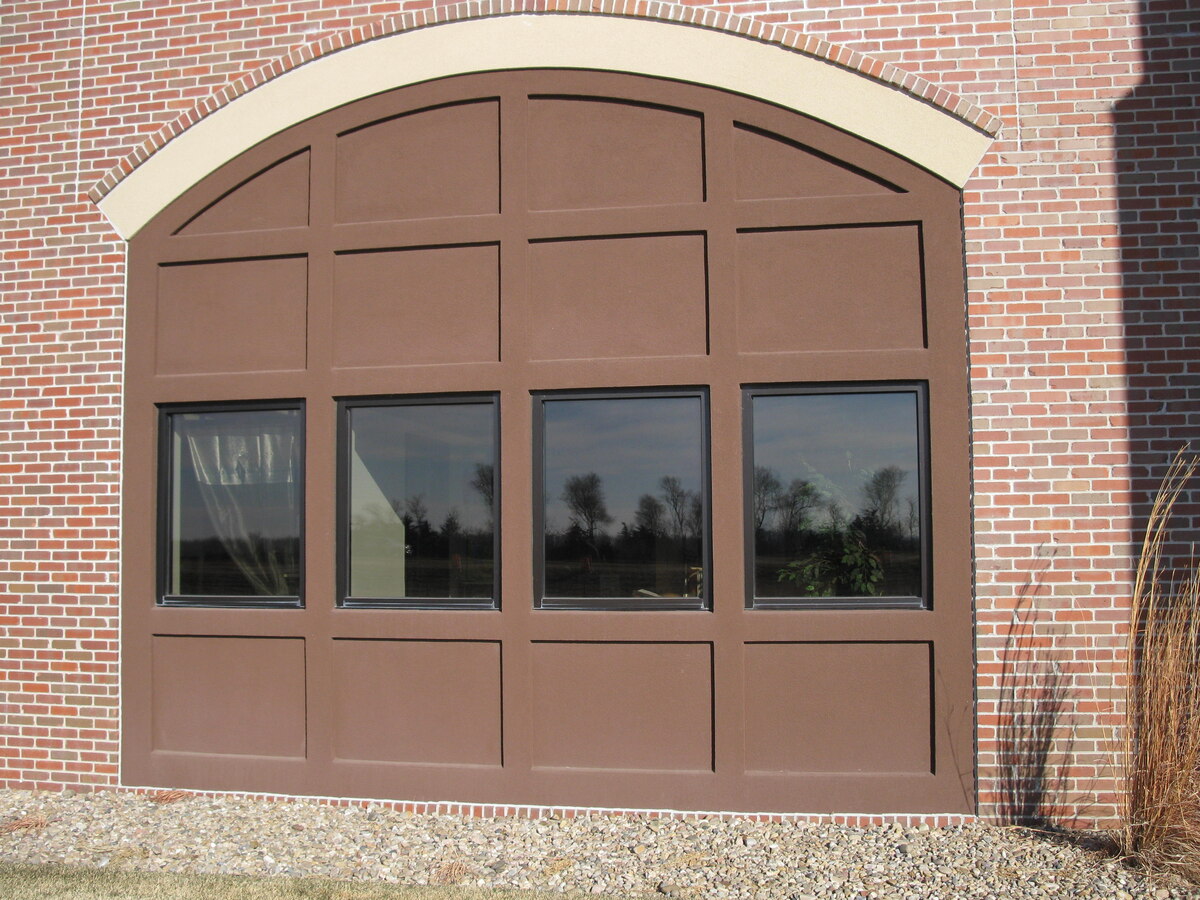
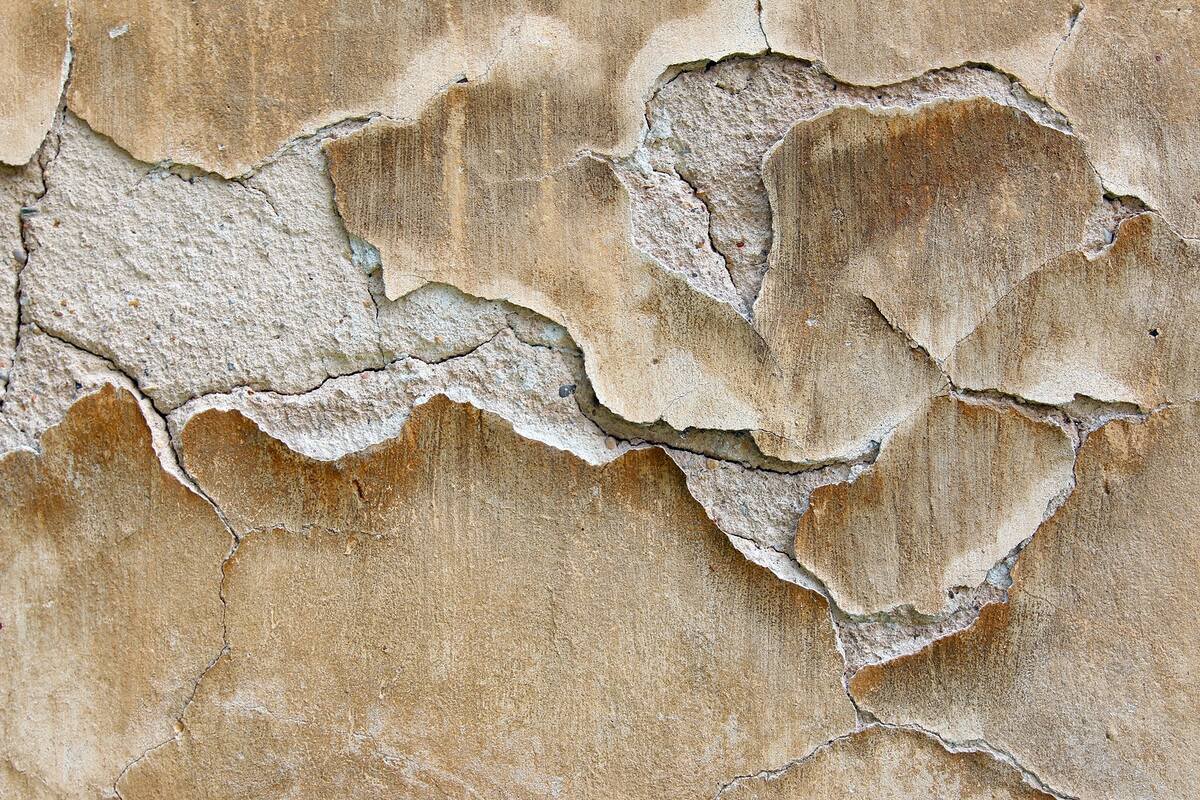
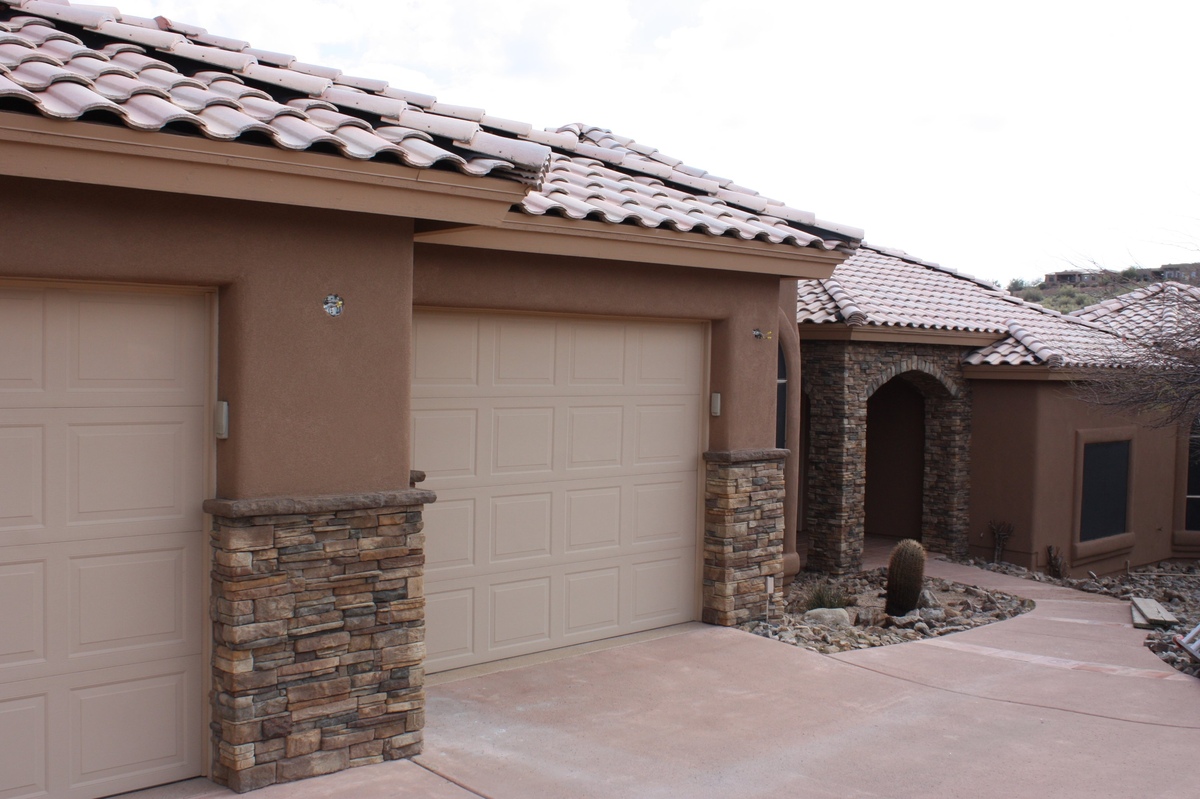
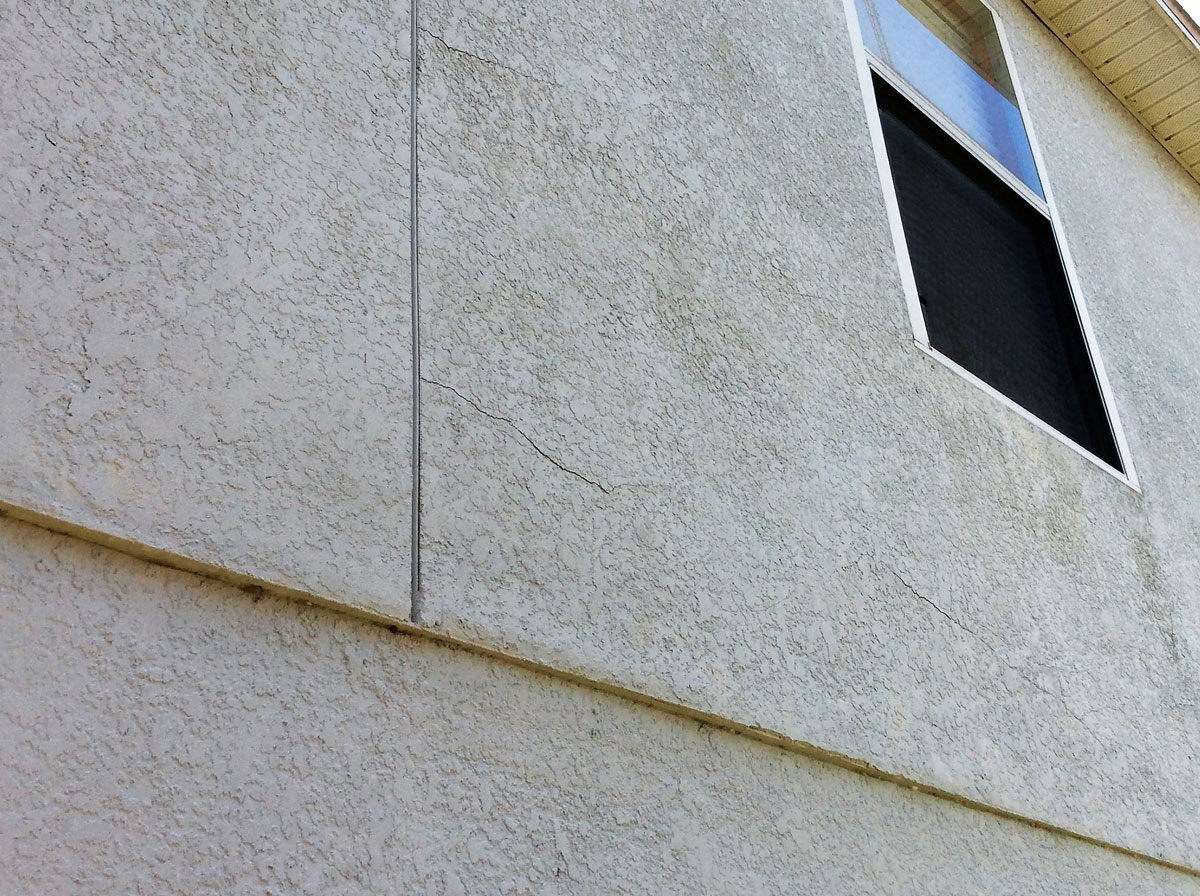
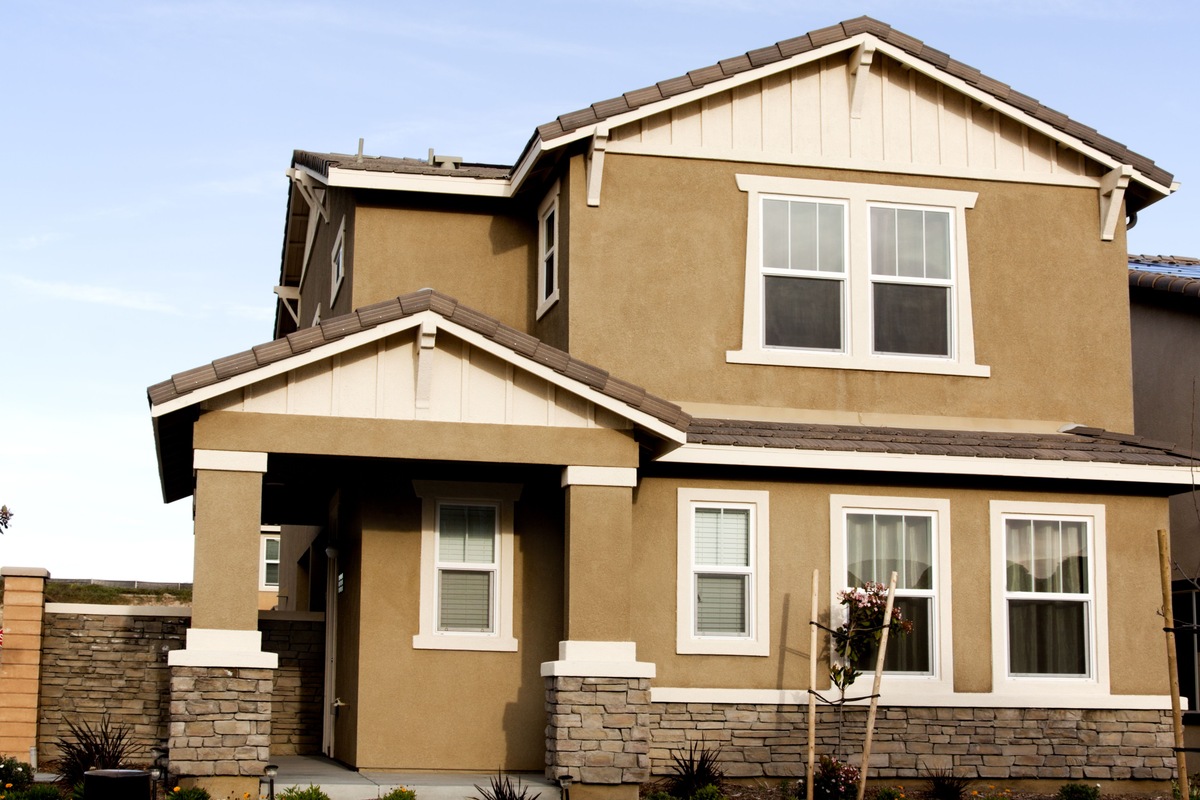
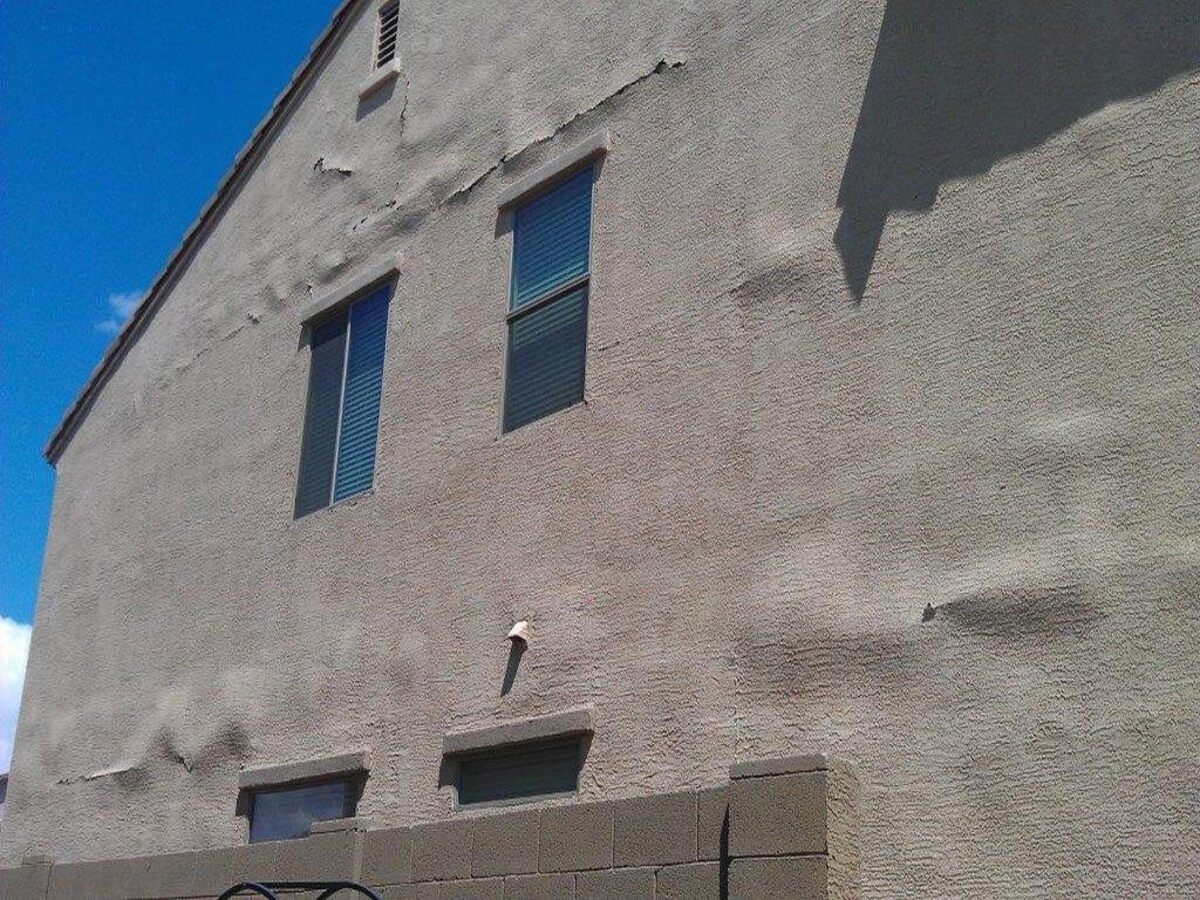

0 thoughts on “What Is A Brown Coat Stucco”